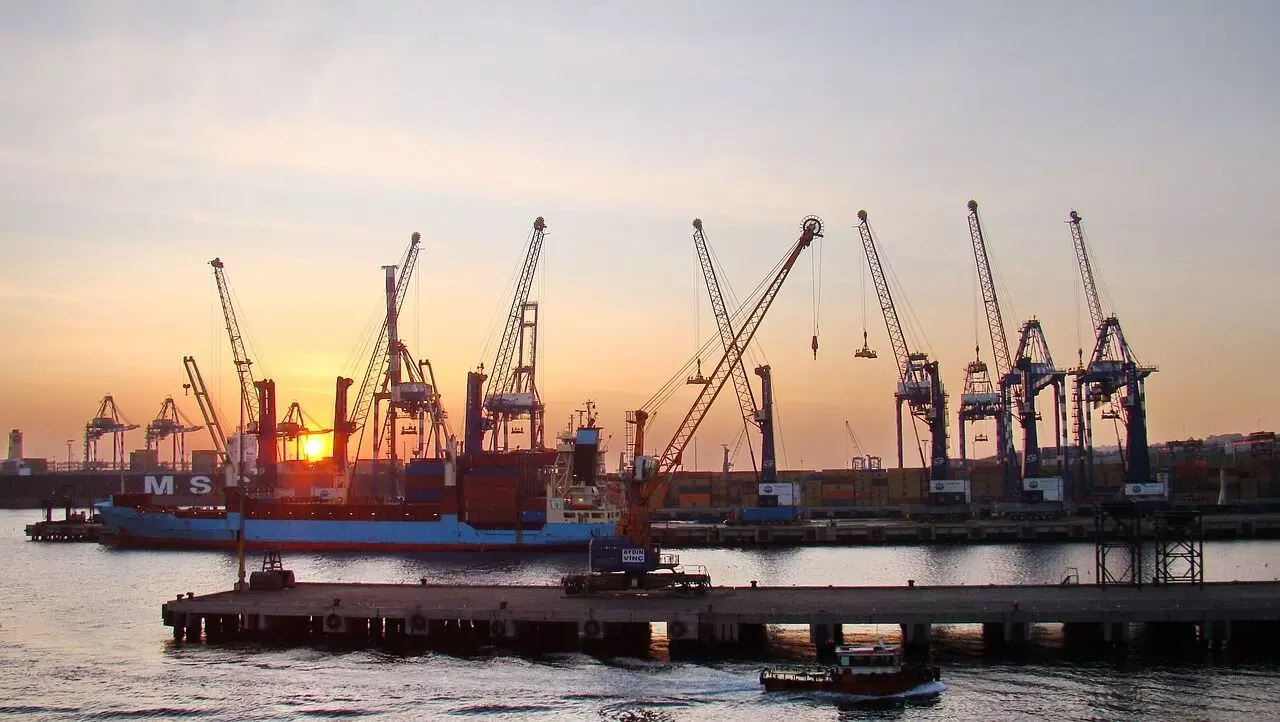A positive surprise

India’s trade performance, as reflected in October export data has come as a positive surprise, though it also projects certain longstanding challenges. With total exports for April–October period reaching USD 468.27 billion—a 7.28 per cent increase over the same period last year—the numbers seem impressive. However, a closer look would reveal a widening merchandise trade deficit that has now hit USD 164.65 billion, up from USD 149.67 billion in 2023. Merchandise exports fared strongly in October, growing 17.25 per cent year-on-year. The uptick was registered through a surge in non-petroleum and non-gems & jewellery categories. Sectors like electronics, engineering goods, and textiles saw remarkable growth, driven ostensibly by festive demand in key global markets. This rise comes as a relief after a sluggish second quarter that saw goods exports stumble. Yet, the optimism is tempered by an equally significant rise in imports, particularly oil. October witnessed a record oil trade deficit of USD 13.7 billion, with petroleum imports soaring by 13.2 per cent, even as global crude prices remained subdued. The reasons for this paradox—where oil imports increased despite falling export volumes—are worth examining, especially as domestic demand alone cannot fully explain the trend.
Amid this, services trade continues to shine, with exports growing 14.6 per cent by September, registering a cumulative trade surplus of USD 101.41 billion during April-October period vis-à-vis USD 89.64 billion in April-October 2023. Notably, the services sector has outperformed merchandise trade in both consistency and profitability. IT services, in particular, have dominated the trade landscape—contributing 56.2 per cent of total services exports. However, the dependence on the United States, which accounts for 70 per cent of IT revenue, is also a significant vulnerability, particularly given President-elect Donald Trump’s protectionist leanings. Expanding into new markets and focusing on emerging areas like artificial intelligence, digital transformation, and robotics will be crucial to reducing risks and building resilience. The October data presents more promising areas. Other Business Services (OBS), encompassing fields such as legal, accounting, tax consultancy, and market research, have shown impressive growth, generating USD 102.8 billion in exports in FY24. Global trends indicate that OBS may soon outpace traditional IT services in importance. Despite this potential, India’s contribution to global OBS trade remains modest, suggesting that a focused strategy—upskilling professionals, aligning regulations with global standards, and improving infrastructure—could unlock immense potential. In fact, the need for diversification extends beyond services. Merchandise exports to countries like Singapore and the UAE have grown significantly. This demonstrates the advantages of tapping into new markets. Yet, India remains heavily reliant on traditional partners like the US. Domestically, underperforming sectors like financial services, transport, and maintenance and repair services need urgent attention. India’s low global market share in these areas is a missed opportunity that demands targeted policy support.
The global economy is facing uncertainties presently, which range from China’s slowdown to geopolitical tensions, and the WTO has forecast modest trade growth of just 3 per cent for 2025. In this environment, India must tread carefully. However, looking ahead, India’s trade dynamics are poised for a significant shift. Services exports are projected to surpass merchandise exports by 2030, with a combined figure of over USD 1.2 trillion. Strengthening domestic manufacturing could complement this growth. Overall, the government’s ambitious target of USD 800 billion in exports for 2024–25 appears achievable, but a balanced approach that prioritises diversification, energy security, and technological innovation would be non-negotiable. At the same time, India also needs to address certain structural challenges in trade.



